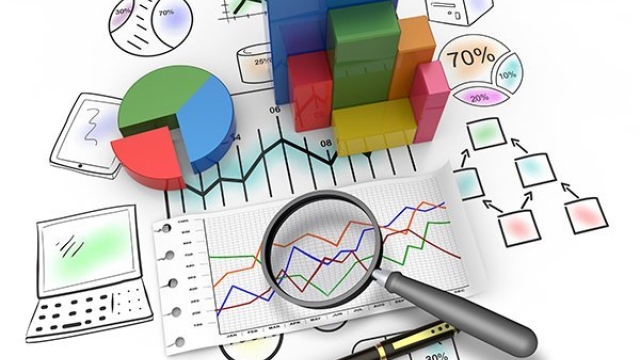
Welcome to the world of data analysis, a realm where meaningful insights are crafted from the vast seas of data surrounding us. In today’s data-driven society, the ability to decipher patterns, extract valuable information, and make informed decisions based on data analysis is paramount. Whether you’re a seasoned data scientist, a curious explorer delving into the data landscape, or someone simply intrigued by the power of information, the art of data analysis is a skill that unveils hidden truths and guides us in unlocking the mysteries contained within the numbers and statistics that shape our understanding of the world around us.
At its core, data analysis bridges the gap between raw data and actionable knowledge, painting a vivid picture of trends, correlations, and insights that can steer businesses, organizations, and individuals towards success. It’s a journey of exploration and discovery, where a meticulous eye for detail and a curious mind are essential tools in unraveling the intricate tapestry of information that lies beneath the surface. Join us on a voyage into the heart of data analysis as we uncover the beauty and significance of deciphering patterns, revealing stories, and unlocking the potential hidden within the data that surrounds us.
Exploring Data
Data analysis starts with the process of exploring the raw data sets. This initial step involves examining the data to identify any missing values, outliers, or potential errors. By gaining a comprehensive understanding of the data, analysts can make informed decisions on how to clean and prepare it for further analysis.
One common approach to exploring data is to generate summary statistics such as mean, median, and standard deviation. These descriptive statistics provide a snapshot of the data distribution and help analysts detect any unusual patterns or trends. Visualization techniques like histograms and scatter plots are also valuable tools in exploring data, offering a visual representation of the data points and relationships between variables.
Exploring data allows analysts to uncover hidden insights and discover underlying patterns that may not be immediately apparent. By thoroughly examining the data, analysts can form hypotheses and develop strategies for more in-depth analysis. This exploratory phase sets the foundation for the subsequent stages of data analysis, providing crucial insights that drive meaningful interpretations and informed decision-making.
Analyzing Trends
When delving into the realm of data analysis, one crucial aspect is the identification of trends. This process involves examining data points over a period of time to uncover recurring patterns or tendencies. By identifying these trends, analysts gain valuable insights into how variables evolve and interact with one another.
The ability to analyze trends allows for the detection of both short-term fluctuations and long-term patterns within datasets. This facilitates the prediction of future outcomes based on historical data trends. As data analysis continues to evolve, so does the emphasis on trend analysis as a powerful tool for decision-making and forecasting.
Moreover, understanding and interpreting trends play a pivotal role in various sectors, including business, finance, marketing, and healthcare. By analyzing trends effectively, organizations can adapt their strategies, optimize processes, and make informed decisions that align with their goals and objectives.
Drawing Conclusions
In the world of data analysis, drawing conclusions is the ultimate goal. It is the stage where all the pieces of the puzzle come together to reveal the bigger picture. By interpreting the data through various analytical techniques, patterns and insights begin to emerge.
KPI analysis
Through drawing conclusions, data analysts are able to make informed decisions and recommendations based on the evidence presented by the data. This step is crucial in extracting meaningful information that can drive strategic actions and outcomes. It transforms raw data into actionable intelligence that can be used to improve processes, identify opportunities, and mitigate risks.
Drawing conclusions is not just a mechanical process; it requires a blend of technical expertise and creativity. It involves diving deep into the data, asking the right questions, and leveraging statistical methods to uncover hidden connections. Ultimately, the art of data analysis lies in the ability to synthesize information and derive valuable insights that can shape the future.




